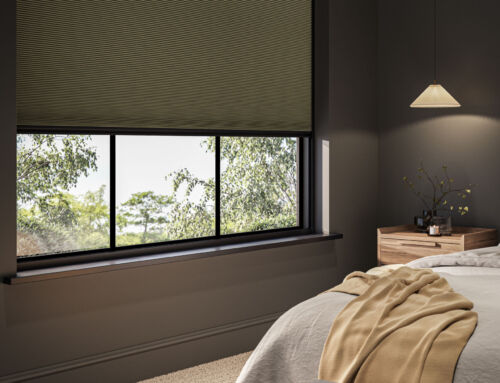There are many different types of motorisation available for your home, from simple window blinds to full home automation systems. Motorisation can make your life easier and your home more comfortable, as well as adding an extra layer of security.
Window blinds are one of the most popular types of motorisation, as they can be controlled remotely, making it easy to adjust the light levels in your home without having to get up. You can also set them to open and close at certain times of the day, or even link them to a sensor so that they automatically adjust when the sun comes out.
Home automation systems take motorisation to the next level, allowing you to control everything in your home from a central hub. You can program your lights to turn on and off at certain times, set your heating and cooling to operate on a schedule, and even receive alerts if someone opens a door or window. Home automation systems can also be linked to security cameras, so you can keep an eye on your home even when you’re away.
There are many benefits to motorising your home, including the convenience of having everything automated, the safety of not having to worry about manually operating equipment, and the peace of mind of knowing that your home is running smoothly. Here are a few things to consider when motorising your home: 1. What do you want to automate? There are many options when it comes to automating your home, from simple tasks like opening and closing blinds to more complex systems like whole-house lighting control. Consider what tasks you would most like to have automated and then research which products can best help you achieve those goals. 2. How much control do you want? When it comes to automation, you can choose how much or how little control you want over your system. Some people prefer to have complete control, while others are content with letting the system do its thing without too much intervention. Consider what level of control you are comfortable with before making any decisions. 3. What is your budget? Automation can be a relatively expensive undertaking, so it’s important to consider your budget before getting started. There are many affordable options available these days, so there’s no need to break the bank in order to enjoy the benefits of a smart home. 4. What is your timeline? If you’re not in a hurry to automate your home, it’s worth taking some time to research your options and make sure you’re getting exactly what you want.
Home automation or “smart home” technology refers to the control and automation of household systems and devices. This can include things like lighting, climate control, security, and entertainment systems. Motorisation is one aspect of home automation that is becoming increasingly popular, as it offers a level of convenience and safety that cannot be achieved with traditional manual controls. Motorisation can be used for a variety of tasks around the home, such as opening and closing curtains or blinds, opening and closing doors, and operating garage doors. It can also be used for more specialised tasks such as operating medical equipment or controlling the movement of a wheelchair. There are a number of benefits to motorising your home: Convenience: Automating tasks that would normally require physical effort can make your life much easier. For example, if you have a disability or are elderly, automating door and window openers can help you maintain your independence. Safety: Automated door and window openers can help keep you safe in the event of a fire or other emergency. They can also help to deter burglars by making it difficult for them to break into your home. Energy efficiency: Automating your lighting and climate control systems can help reduce your energy consumption and save you money on your bills. Improved security: Automating your security system can help to deter criminals and give you peace of mind that your home is safe when you are away from it.
The term “smart home” usually refers to a residence that has appliances, lighting, heating, cooling, and security systems that are controlled remotely by a central controller or computer. A smart home can be controlled by voice commands, mobile apps, home automation systems, and even by devices that use artificial intelligence (AI). In a typical smart home, the central controller is connected to various devices and appliances throughout the house. These devices can include lights, door locks, thermostats, cameras, alarm systems, and more. The controller allows the homeowner to control these devices remotely, typically through a mobile app. Some smart homes are equipped with voice-controlled assistants, such as Amazon’s Alexa or Google Home. These assistants can be used to control various devices and appliances in the home by voice commands. In some cases, these voice-controlled assistants can also be used to perform tasks such as setting alarms, adding items to a shopping list, or playing music. Many of the devices and appliances in a smart home are connected to the Internet of Things (IoT). The IoT is a network of physical objects that are embedded with electronic sensors and software that allows them to collect and exchange data. By connecting devices and appliances to the IoT, homeowners can monitor and control them remotely. Some common examples of smart home devices include: • Smart thermostats: These thermostats can be controlled remotely to adjust the temperature in your home.






Leave A Comment